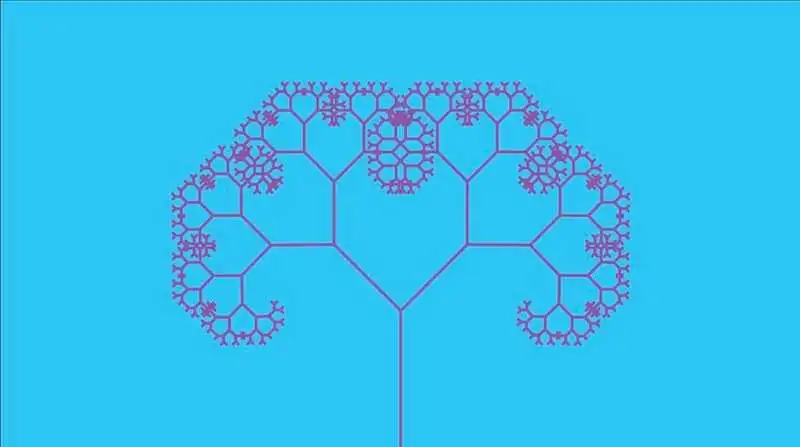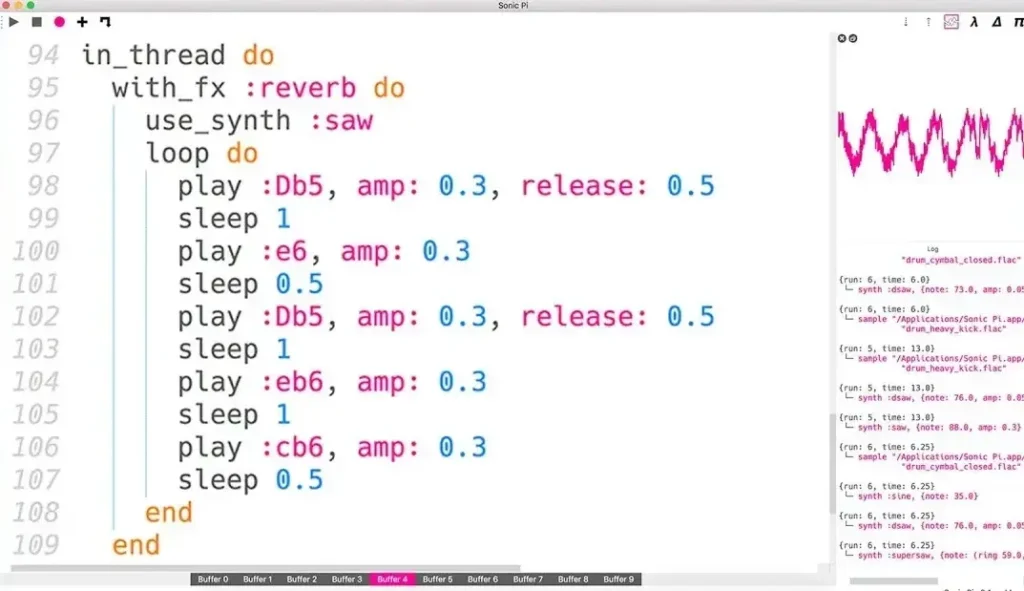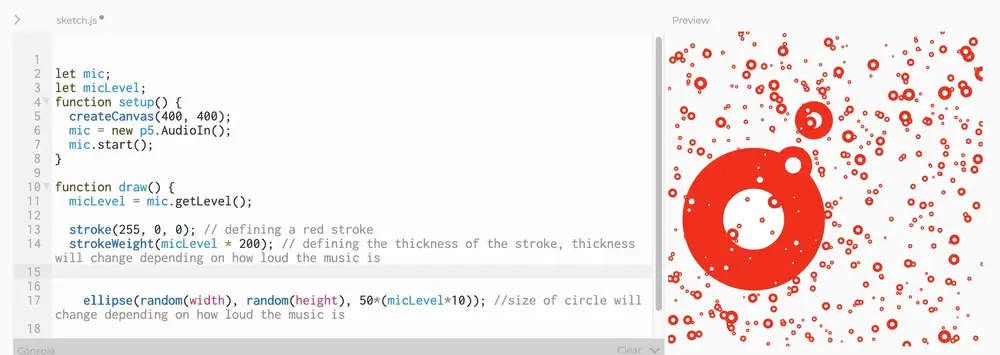As a programmer and an educator, I’ve come to appreciate the elegance and precision that goes into crafting clean code. The satisfaction of solving complex problems with well-written code is unmatched. Introducing children to teach kids coding through art and music can ignite their creativity while developing their programming skills. By blending these disciplines, kids can learn coding concepts in a fun and engaging manner. This article explores strategies to teach kids coding through art and music, perfect for ages 7-18, and adaptable to their interests and skill levels.
The Benefits of Combining Coding with Art and Music
Natural Affinity for Creativity
Kids are naturally drawn to creative activities like drawing, painting, and playing music. These activities allow them to express themselves and explore their imaginations. By integrating coding with art and music, you can tap into this natural affinity and make learning to teach kids coding a fun and engaging experience.
Cognitive and Emotional Development
Creative coding projects can enhance both cognitive and emotional development. When kids code to create art or music, they develop logical thinking, problem-solving skills, and emotional intelligence. They learn to see patterns, think systematically, and express their emotions through their creations.
Interdisciplinary Learning
Integrating coding with art encourages children to think critically, solve problems, and express themselves creatively. This interdisciplinary approach helps children understand the connections between seemingly unrelated subjects and encourages them to explore new concepts and ideas. It promotes a holistic understanding and encourages cross-pollination of ideas.
Getting Started with Art and Coding
When introducing coding through art, choose tools that are both kid-friendly and versatile. Platforms like Scratch and Tynker offer visual, drag-and-drop coding interfaces that are easy for beginners to grasp. Personal anecdotes from parents and educators, like how a child got hooked on coding through Scratch, can be inspiring.
1. Pixel Art
- Concept: Teach kids about coordinates, colors, and basic coding concepts like loops and arrays by creating images with small colored squares called pixels.
- Tools: Use a grid system or a simple programming language like Python.
- Outcome: Children can create designs ranging from simple shapes to complex scenes and characters.
2. Interactive Art

- Concept: Create interactive art projects using sensors or input devices.
- Tools: Use motion sensors or buttons to trigger animations or change colors in their artwork.
- Outcome: This approach merges coding, creativity, and interactivity.
3. Fractal Trees

- Concept: Use a simple recursive algorithm to create stunning branching patterns that resemble trees.
- Tools: Online resources and tutorials for creating fractal trees.
- Outcome: Introduces children to recursion while allowing them to create visually captivating artwork.
4.Digital Painting

- Concept: Use a drawing tablet or touch screen device to create digital paintings while learning about programming concepts like colors, shapes, and coordinates.
- Tools: Incorporate code to add interactive elements like buttons or sliders.
- Outcome: Exposes children to digital art and reinforces important programming concepts.
Integrating Music with Coding
Platforms like Sonic Pi and EarSketch allow kids to write code to create music, introducing them to both programming and music composition. Personal stories, such as a child spending hours creating tunes with Sonic Pi, can be motivating.
1. Music Composition

- Concept: Combine coding and music by using platforms that allow kids to write code and create their own music while learning about loops, variables, and functions.
- Tools: Sonic Pi or EarSketch.
- Outcome: Encourages experimentation with different sounds and rhythms, fostering creativity.
2. Music Visualization

- Concept: Create visual representations of music using coding.
- Tools: Libraries like p5.js or Processing.
- Outcome: Build interactive visualizations that respond to the beat or frequency of the music, merging coding, music, and visual art.
Combining Art and Music in Coding Projects
Combining art and music in coding projects can lead to some truly amazing creations. Here are a few ideas:
1. Music Visualizer

- Concept: Create a program that visualizes music.
- Outcome: As the music plays, the program generates visual patterns that move and change with the beat.
2. Interactive Stories

- Concept: Combine art, music, and storytelling by creating interactive stories where the characters move and the background music changes based on the story’s events.
- Outcome: Develops narrative skills while teaching variables, conditional statements, and other coding concepts.
Encouraging Creativity and Exploration
Fostering a Growth Mindset
Encourage kids to experiment and learn from their mistakes. Celebrate their effort and creativity, not just the end result. Be patient and give them the time and space they need to explore and experiment.
Resources and Communities
Leverage online resources and tutorials to support teaching coding through art and music. Websites like Code.org, Khan Academy, and Scratch offer dedicated sections or courses focusing on these topics. Online courses and coding communities can provide additional support and inspiration.
Teaching kids coding through art and music is a wonderful way to make learning to code fun and engaging. By integrating creativity with coding, you can help your kids develop essential skills while also fostering their creativity and imagination. Remember, the goal is to make learning enjoyable and to encourage a lifelong love of learning. So, get started today and enjoy the journey of exploring coding, art, and music with your kids!
Your writing style is cool and I have learned several just right stuff here. I can see how much effort you’ve poured in to come up with such informative posts.
I’m really impressed together with your writing abilities and also with the layout for your weblog. Is this a paid subject or did you customize it your self? Either way stay up the nice quality writing, it is rare to peer a nice weblog like this one these days!